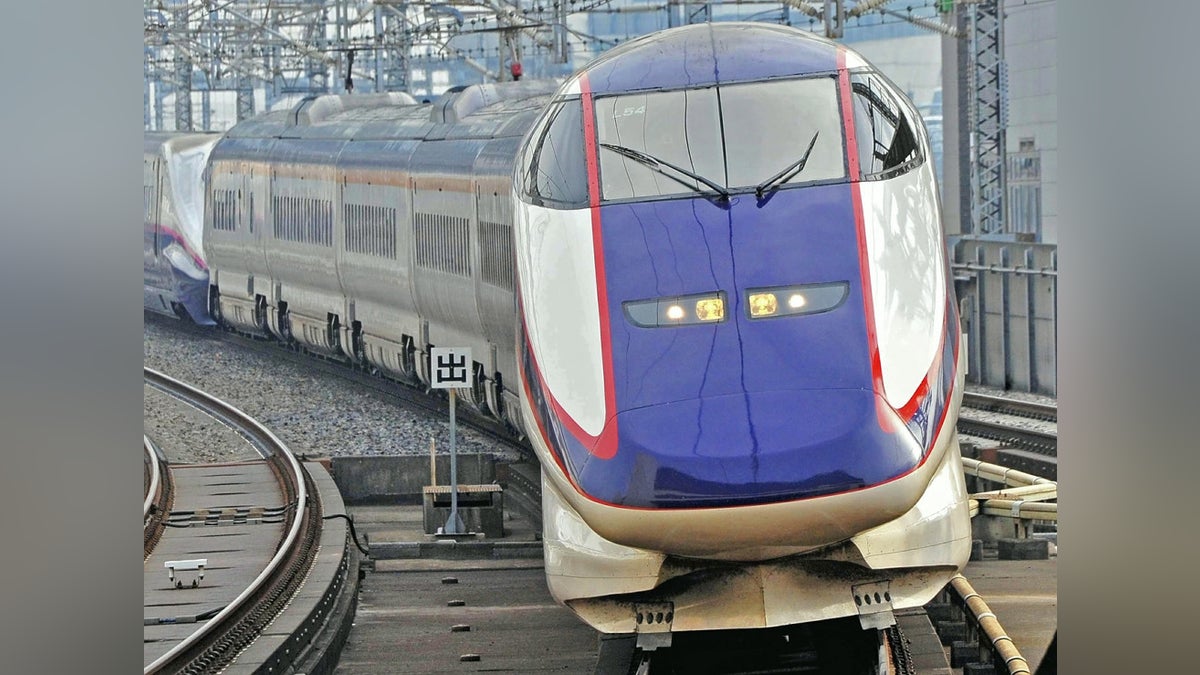Yamagata Shinkansen Disruption: Fukushima-Yamagata Line Halt Causes Travel Chaos
The Yamagata Shinkansen line, a vital artery connecting Fukushima and Yamagata prefectures, experienced a significant disruption on [Insert Date of Disruption], causing widespread travel chaos and impacting numerous passengers. This unexpected halt highlights the importance of robust infrastructure and efficient emergency response systems within Japan's high-speed rail network.
What Happened?
The Fukushima-Yamagata line experienced a complete shutdown at approximately [Insert Time of Disruption] due to [Insert Reason for Disruption - e.g., a signal malfunction, power outage, or unforeseen object on the tracks]. This led to significant delays and cancellations affecting numerous trains on the route, leaving hundreds of passengers stranded at various stations along the line.
Impact on Passengers:
- Significant Delays: Passengers faced delays ranging from several hours to an entire day, depending on their destination and the severity of the disruption.
- Train Cancellations: Many Shinkansen services were completely cancelled, leaving passengers scrambling for alternative transportation options.
- Communication Breakdown: Reports suggest initial communication from JR East (East Japan Railway Company) regarding the disruption was insufficient, leading to confusion and frustration among affected passengers.
- Accommodation Issues: Some passengers required emergency accommodation due to the lengthy delays and cancellations, further compounding the impact of the incident.
JR East's Response and Subsequent Actions
JR East issued an official apology for the inconvenience caused and implemented several measures to mitigate the impact of the disruption:
- Emergency Buses: Buses were deployed to transport stranded passengers to their destinations.
- Information Updates: Improved communication channels were utilized to provide more frequent updates to affected passengers.
- Refund Policy: JR East implemented a refund policy for affected tickets.
- Investigation Launched: An investigation into the cause of the disruption was initiated to prevent future occurrences.
The Importance of Shinkansen Reliability
The incident underscores the crucial role the Shinkansen plays in Japan's transportation network. The reliability of this high-speed rail system is essential for both domestic travel and the country's economic well-being. Any disruption, even a temporary one, can have cascading effects on businesses, tourism, and the daily lives of countless individuals.
Future Improvements:
- Enhanced Infrastructure: Investment in robust and resilient infrastructure is paramount to minimizing future disruptions.
- Improved Communication Strategies: Clear and timely communication during emergencies is crucial for minimizing passenger anxiety and improving overall response efficiency.
- Technological Advancements: The implementation of advanced technologies, such as predictive maintenance and improved monitoring systems, can help prevent future incidents.
Conclusion: Lessons Learned from the Yamagata Shinkansen Halt
The disruption to the Fukushima-Yamagata Shinkansen line serves as a stark reminder of the potential challenges faced by even the most advanced transportation systems. While JR East's response ultimately addressed the immediate crisis, the incident highlights the need for ongoing investment in infrastructure, improved communication protocols, and the exploration of advanced technologies to ensure the continued reliability and safety of Japan's Shinkansen network. The experience also offers valuable lessons for other high-speed rail systems globally.
Keywords: Yamagata Shinkansen, Fukushima-Yamagata Line, Shinkansen disruption, train delay, Japan rail, JR East, transportation disruption, travel chaos, high-speed rail, infrastructure, emergency response, railway safety.
(Note: Remember to replace the bracketed information with accurate details related to the specific disruption.)
